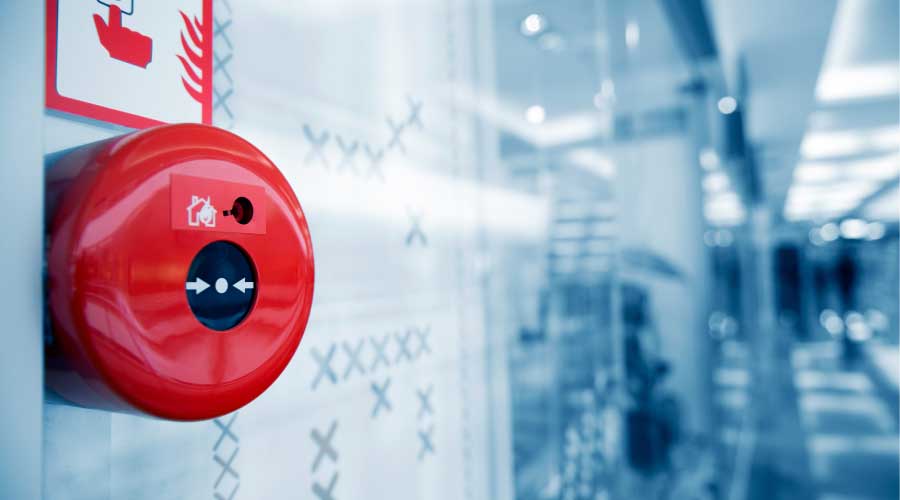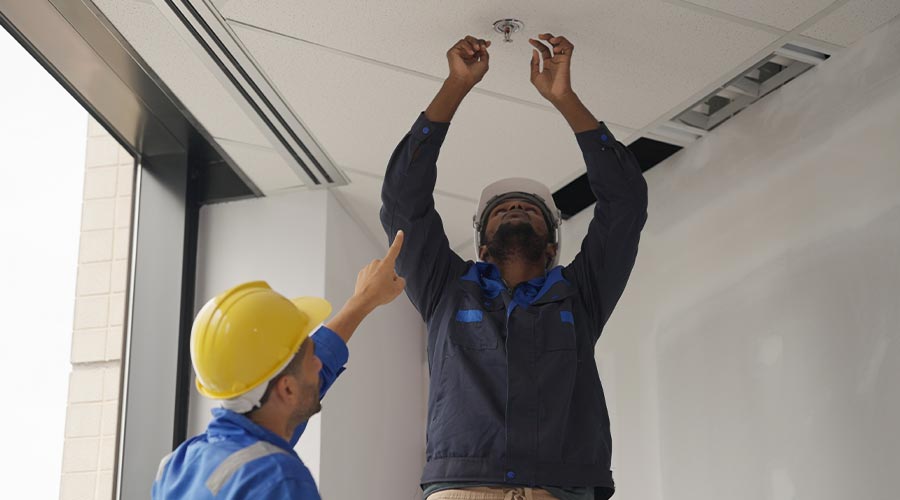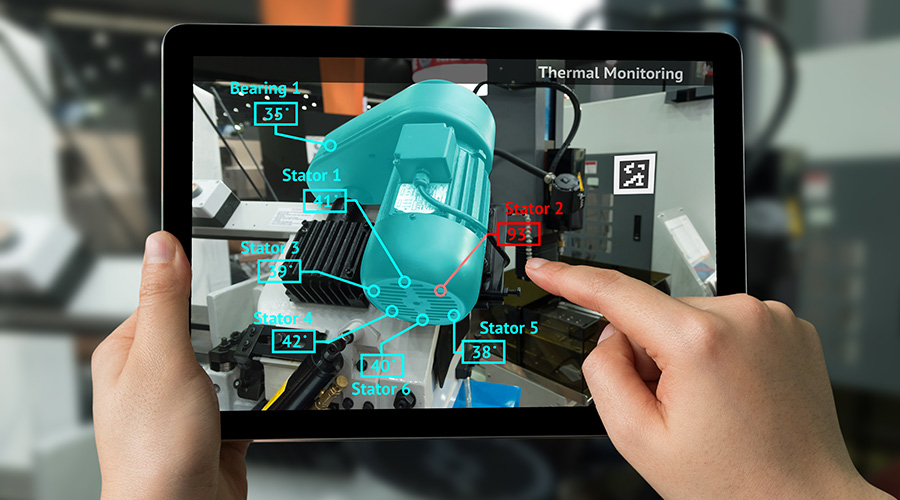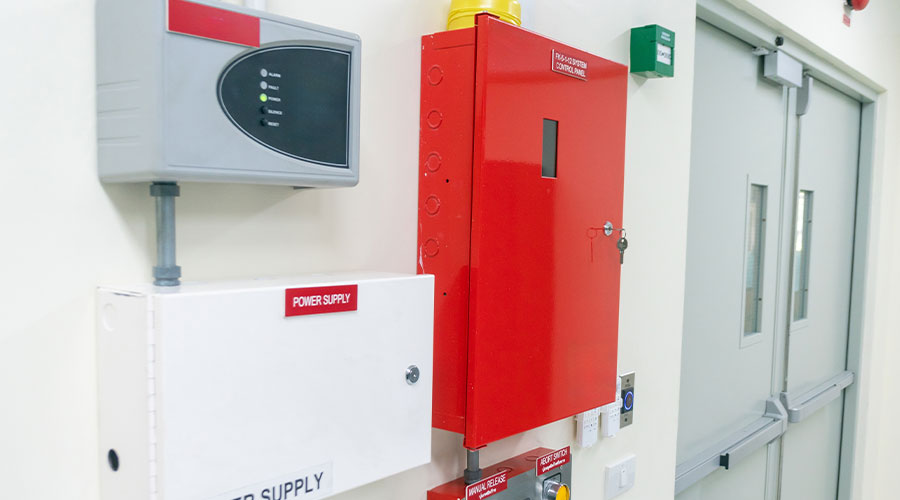The Importance of Fire Safety Systems in Buildings
Maintaining and keeping facilities safe is the top priority for fire systems.
As the devastating wildfires in Maui showed, the loss of life and destruction can affect a community or an institutional or commercial facility for many years. Still, facility managers and owners may consider a fire safety system an unseen and overlooked aspect of their buildings until a fire sweeps through a facility and causes damage and death to occupants.
As the first line of safety for building occupants, fire safety systems should not be ignored. A fire safety’s primary job is to provide occupant safety and insurance against potential hazards.
“The purpose of a fire alarm system is really fourfold,” says Larry Rietz, vice president, global service line leader, fire detection and alarm, Jensen Hughes. “It's to provide occupant notification of an event. It's to provide detection of various elements in the building and report that back to the panel. It's to send that signal off to third-party monitoring to get fire response. And then its fourth purpose is to activate controls within the building that increase the life safety of the building or in some cases restore the passive features.”
Ensuring a system meets all four of those criteria comes down to proper maintenance and choosing the right equipment. Fortunately for facility managers, there are many resources and building codes accessible to them to keep their system up to date and in working order.
“Fire alarms are out of sight, out of mind. No one knows they're there until something happens, so that's why the fire codes require maintenance on these systems to make facilities managers aware that these systems do exist,” says Jeffrey Hugo, vice president, codes & standards, training & education, NFSA. “You had to have the system installed in this building for a reason. And now the codes are saying you have to maintain it. Their hand is forced to not only purchase the system and install the system, but now also maintain the system.”
What makes a good system?
According to Rietz, a good fire or life safety system is made of three key elements:
- Occupant protection
- Property protection
- Mission or business continuity
“The qualification of what makes a system good is it should provide life safety for the occupants, first and foremost,” he says. “It should provide some element of property protection … that make the building resistant to fire and smoke and calling those fire authorities. And the third qualification is it should provide mission protection … so that an event doesn't cripple the whole purpose of the building. If it can do all three of those things to a reasonable degree, that’s what makes it a good system.”
Managers can achieve all three elements by first understanding what life safety features they currently have in their building and what the requirements are to maintain them. They need to ask themselves what each feature is there for? What is the purpose of them? And then who is responsible for keeping each functional?
“Every single model building code that's out there says the owner is responsible for the life safety equipment in their building,” says Rietz. “Because of that, they need to not just understand what's in their building, but what their responsibility is … that provides the platform of work they have to do as a facility manager to keep that equipment in proper working order.”
Keep updating
Once a facility manager or building owner has a clear understanding of their fire safety system and their role in maintaining it, they can work toward understanding what they need to do to keep that system in working order.
Keeping these systems up to date is relatively straightforward as there is a mandated requirement for every piece of equipment to be inspected and tested at different frequencies. Some equipment must be tested weekly, some monthly, some annually, and some every five or 12 years.
“Each different piece of equipment is regulated by a code, and inside that code is an inspection test and maintenance chapter,” says Hugo. “Those inspection testing and maintenance chapters tell you how to inspect, test, and maintain your equipment to the code.”
Rietz adds that each jurisdiction adopts one version of those codes, meaning if a building was built in 1980 under a building code that doesn’t exist anymore, managers need to look to their jurisdiction and test and inspect based on code being enforced today.
“A fire alarm system in your jurisdiction might be up to the 2019 edition of NFPA 72, so every piece of equipment doesn't need to be installed to the 2019 code, but it has to be maintained due to the code of 2019,” says Rietz.
This goes back to understanding what equipment you have in your building and being aware of the requirement to apply to them.
“It's up to the owner to follow these codes and standards to maintain your systems,” adds Hugo. “And while they're very simplistic systems, like for a sprinkler system, it's a water filled pipe … facilities managers need to understand that just because it’s a water filled pipe, it still has to be maintained. Most people don't expect that they'll ever have a fire in their home or their business, so maintaining that system, so you can activate and save lives is very important.”
Amy Wunderlin is a freelance writer based in Fort Atkinson, Wisconsin.
Related Topics:













